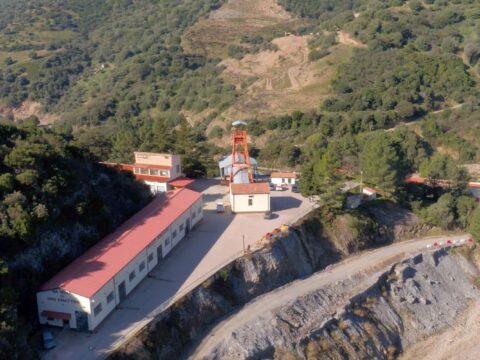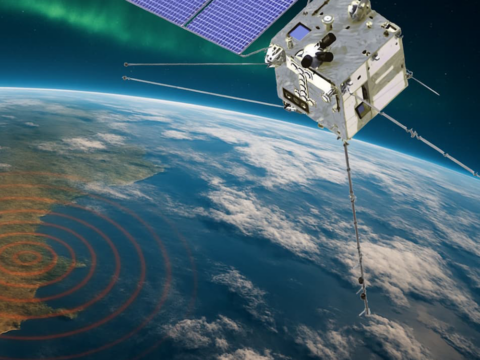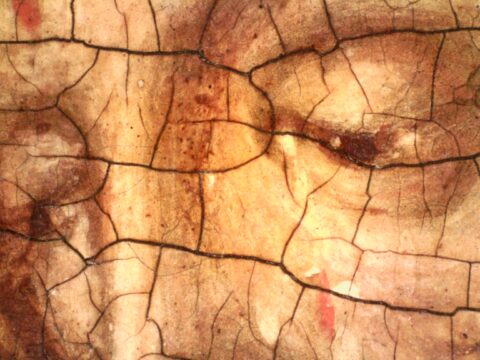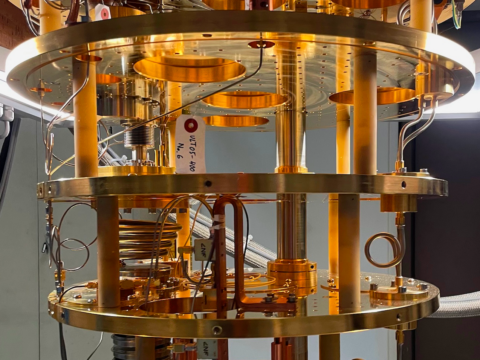
PHYSICS OF THE UNIVERSE
From the time when, more than 400 years ago, Galileo Galilei decided to point his telescope at the sky, symbolically kicking off modern astronomy, our knowledge of the universe and of the physics behind cosmic phenomena has gradually increased. It has now obtained exceptional precision. Thanks to conceptual revolutions, like Albert Einstein’s general theory of relativity, and to extraordinary technological and observational progress, today we know that the universe is undergoing accelerated expansion, we are able to detect gravitational waves and every kind of electromagnetic signal even coming from well beyond our galaxy, we have reconstructed the cosmic history of our universe until the first moments subsequent to its creation, and we are even able to reconstruct images of the event horizon of supermassive black holes (to cite just a few examples).
However, despite these incredible results, right now we actually only know 5% of the composition of the universe – that corresponding to ordinary matter that we are composed of. The rest consists of dark matter, a form of matter that is not visible and can only be observed indirectly via its gravitational effects, and of dark energy, a component of energy responsible for the accelerated expansion of the universe. Understanding dark matter and dark energy is a problem that is still entirely open; it constitutes one of the most important challenges of contemporary physics.









